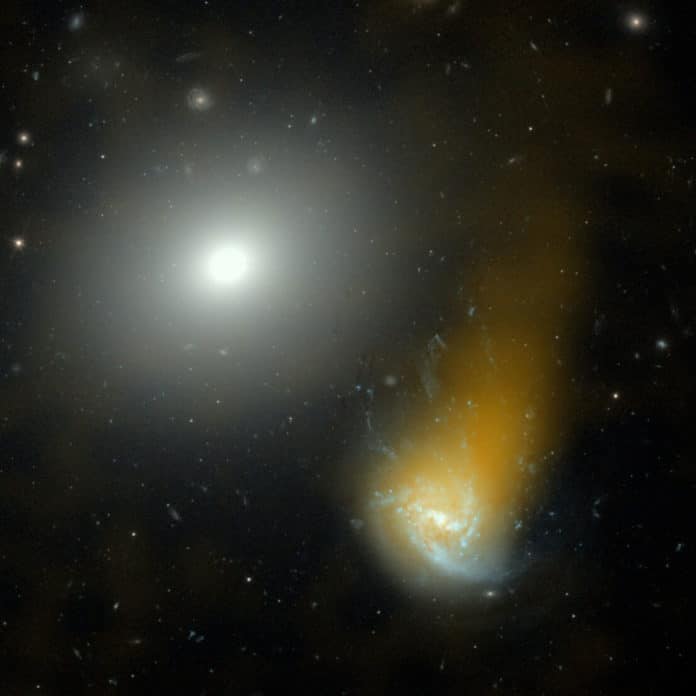Using Low-Frequency Array, or LOFAR, a large radio telescope, a team of international scientists have mapped more than a quarter of the northern sky. The map revealed a radio image of more than 4.4 objects and a very dynamic picture of our Universe.
Most of the objects are located billions of light-years away. They are either galaxies or rapidly growing new stars. Rarer objects that have been discovered include colliding groups of distant galaxies and flaring stars within the Milky Way.
Scientists produced this map by deploying advanced data processing algorithms on high-performance computers all over Europe. They processed 3,500 hours of observations that occupy 8 petabytes of disk space. The data release reveals millions of objects that any telescope has never been seen before. Almost four million objects are discoveries at radio wavelengths.
Astronomer Timothy Shimwell of ASTRON and Leiden University said: “This project is so exciting to work on. Each time we create a map, our screens are filled with discoveries and objects that have never before been seen by human eyes. Exploring the unfamiliar phenomena that glow in the energetic radio Universe is such an incredible experience, and our team is thrilled to be able to release these maps publicly. This release is only 27% of the entire survey. We anticipate it will lead to many more scientific breakthroughs in the future, including examining how the largest structures in the Universe grow, how black holes form and evolve, the physics governing the formation of stars in distant galaxies, and even detailing the most spectacular phases in the life of stars in our Galaxy.”
Durham University scientist, Dr. Leah Morabito, said: “We’ve opened the door to discoveries with this project, and future work will follow up these discoveries in even more detail with techniques, which we work on here at Durham as part of the LOFAR-UK collaboration, to post-process the data with 20 times better resolution.”
Journal Reference:
- T. W. Shimwell et al., The LOFAR Two-metre Sky Survey, Astronomy & Astrophysics (2022). DOI: 10.1051/0004-6361/202142484
